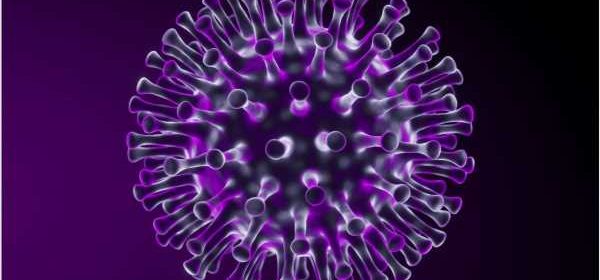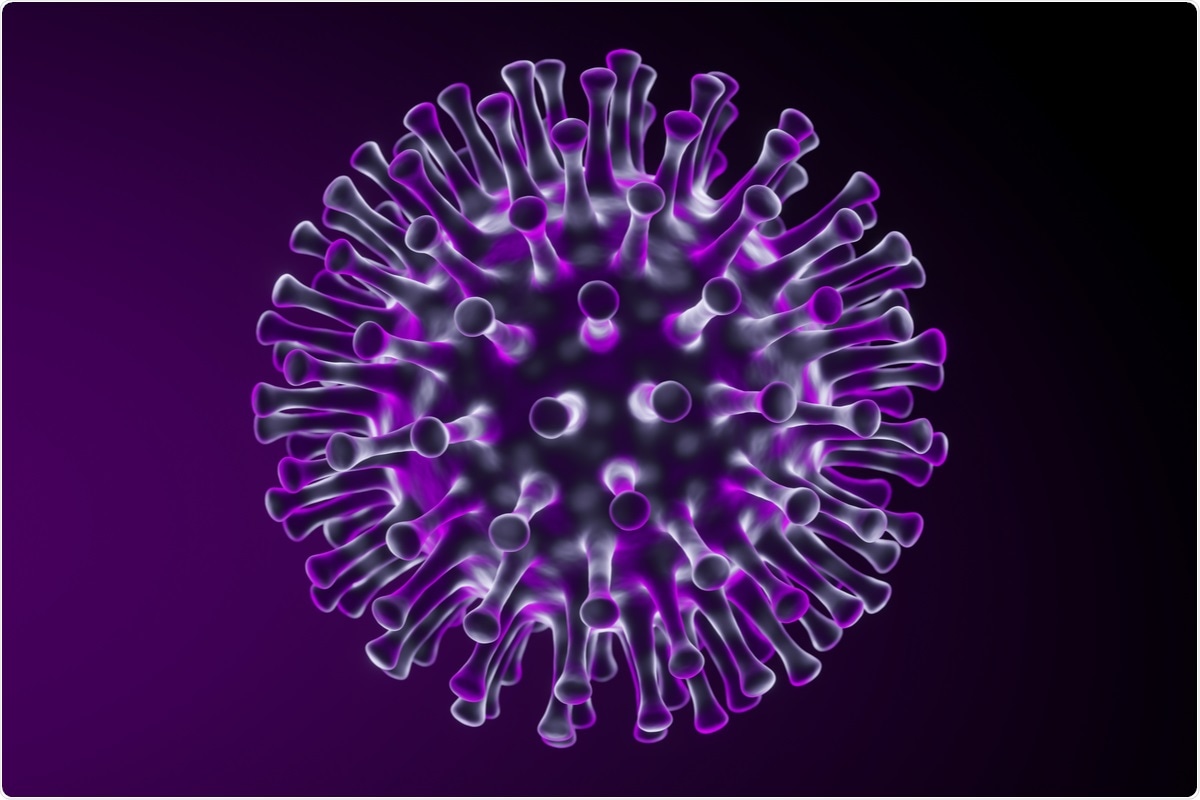Immunogenicity and efficacy of adjuvanted SARS-CoV-2 beta variant subunit booster in rhesus macaques

Mutations in the severe acute respiratory syndrome coronavirus 2 (SARS-CoV-2) virus have led to the emergence of new and more infectious variants. These variants, classified as variants of interest (VOI) or variants of concern (VOC), pose threats to curbing the coronavirus disease 2019 (COVID-19) pandemic.

To counter the variants, a safe and convenient booster vaccine will be required. In a recent study published on the bioRxiv* preprint server, scientists studied the efficacy of an intranasal booster composed of beta variant-spike protein S1 with IL-15 and TLR agonists in macaques that were previously immunized.
The beta variant was first detected in South Africa in October 2020, and, subsequently, it spread within South Africa and to other parts of the world. By December 2020, it spread worldwide and accounted for 87% of viruses sequenced in South Africa. The beta variant had multiple mutations, and studies showed that it could partially/completely escape three classed of therapeutically relevant antibodies.
A new study
Ten Indian-origin adult male rhesus macaques (Macaca mulatta), aged three to eight years, were enrolled for this study. Five animals were included in the vaccine group, while five were in the SARS-CoV-2-naive control group. The macaques in the vaccine group were primed at week 0 (administrated intramuscularly (IM)) and boosted in the third week (administered intranasally (IN)) and sixth week (administered IN) with SARS-CoV-2 S1 protein (original strain). One year later, a boost was given to the remaining five animals with S1 protein from the beta variant adjuvanted with CP15. Post-vaccination, blood, nasal swab, and BAL fluid samples were collected and analyzed.
Main findings
Researchers showed that the one-year beta variant mucosal booster (administered intranasally) generated high-quality immune responses and protected against subsequent SARS-CoV-2 beta variant viral challenge in rhesus macaques. Contrary to most systemic vaccines, the protection in the upper respiratory tract was better than in the lower respiratory tract. What was particularly encouraging was the near full protection, in the nasal cavity, against viral replication.
The nasal mucosa is the first site of infection, so if the local immunity could preclude viral replication, spread to other parts of the body may be prevented. Scientists observed high titers of mucosal IgA responses against both original and variant spike proteins. These results support the promise of a nasal mucosal vaccine as a booster rather than another systemic intramuscular vaccine dose.
Waning immunity over time has significantly contributed to the resurgence of SARS-CoV-2 cases. Neutralizing antibody (Nab) responses are widely believed to be one of the major protective mechanisms. Evidence on the durability of Nab is mixed. SARS-CoV-2 VOCs variants either have possessed infectious potency or evade the immunity induced by SARS-CoV-2 infection/vaccination. This might partially account for the reported decline in vaccine effectiveness after six months. To date, the beta variant has the highest immune evasive capacity among the widely prevalent variants.
On switching the S1 from the original Wuhan strain to that of the beta variant, researchers successfully elicited systemic and mucosal immune responses. The immune responses were observed against the original strain and the beta variant. Importantly, protection from subsequent beta variant challenges was also noted. This led scientists to believe that incorporating S1 from the beta variant to the booster vaccine might account for the observed robust protection.
A rapid increase in antibody titers after the one-year booster was observed. This is consistent with a previous study where scientists noted much higher quality SARS-CoV-2 specific immune responses at four months compared to three weeks. This result suggests that the efficacy of the booster shot could be augmented by prolonging the interval between the booster and previous vaccinations. Similar results were reported in AstraZeneca (AZ) and inactivated vaccine trials, and these results should be carefully considered when deciding the timing of an additional booster.
Conclusion
The CP15 adjuvanted vaccine described in this study was not as effective as a prime vaccine as it failed to induce robust immune responses compared to an alum adjuvanted vaccine. No virus-specific humoral or cellular immunity was detected one year after the first vaccination. However, the booster elicited high-quality immune responses.
Most importantly, it protected against subsequent beta variant challenges, suggesting that prior vaccinations generated persistent SARS-CoV-2 specific immune memory. The immune memory persisted (assisting in the recall when boosted) despite the humoral and cellular immune responses waning off to very low levels. The data from the study suggests that weaker variant-modified booster vaccines might provide ample protective immunity to previously vaccinated hosts. These findings could be useful to guide future prime-boosting regimens for COVID-19.
*Important Notice
bioRxiv publishes preliminary scientific reports that are not peer-reviewed and, therefore, should not be regarded as conclusive, guide clinical practice/health-related behavior, or treated as established information.
- Sui, Y. et al. (2021) An intranasally administrated SARS-CoV-2 beta variant subunit booster vaccine prevents beta variant viral replication in rhesus macaques. bioRxiv. doi: https://doi.org/10.1101/2021.10.19.464990
Posted in: Medical Science News | Medical Research News | Disease/Infection News
Tags: Antibodies, Antibody, Blood, Coronavirus, Coronavirus Disease COVID-19, Efficacy, immunity, Pandemic, Protein, Respiratory, SARS, SARS-CoV-2, Severe Acute Respiratory, Severe Acute Respiratory Syndrome, Spike Protein, Syndrome, Vaccine, Virus

Written by
Dr. Nicola Williams
I’m currently working as a post-doctoral fellow in the History of Science at the Leeds and Humanities Research Institute (LAHRI), at the University of Leeds. Broadly speaking my research area falls within the remit of the history of biology and history of technology in the twentieth century. More specifically I have specialist knowledge in the areas of electron microscopy and cellular and molecular biology, women in science and visual culture.
Source: Read Full Article